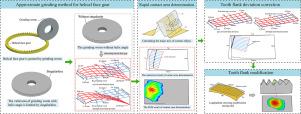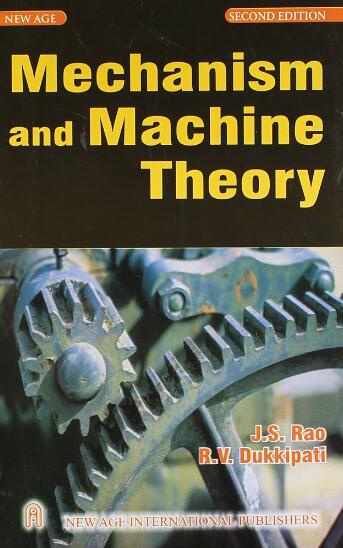Computerized generation, deviation correction and rapid tooth contact analysis of helical face gear
Abstract
This paper delves into the generation of helical face gears using a grinding worm. It investigates the computerized generation process and explores the inherent geometric constraints associated with the application of a grinding worm for helical face gears. An approximate grinding method, tailored for helical face gears featuring large helix angles, is proposed, with an evaluation of the resulting theoretical deviations. Furthermore, a novel rapid computational approach for determining the bearing contact of helical face gear pairs is introduced and validated through Finite Element Analysis (FEA). The subsequent analysis comprehensively examines the effects of the machine tool positioning errors on tooth flank deviations, bearing contact, and transmission errors. A sensitivity matrix is developed to elucidate the relationship between machine tool positioning errors and the tooth flank deviations, leading to the proposition of a correction method for theoretical generating deviations. Finally, the paper introduces a tooth flank modification method for helical face gears and the meshing performance is highly improved.


 求助内容:
求助内容: 应助结果提醒方式:
应助结果提醒方式:


